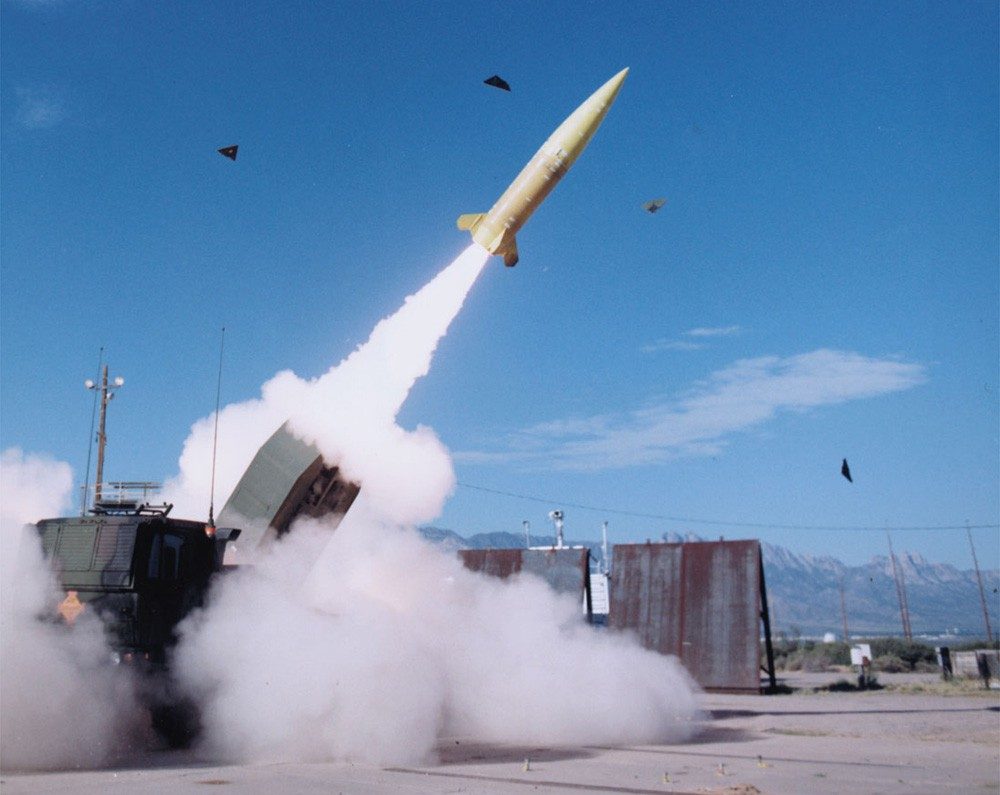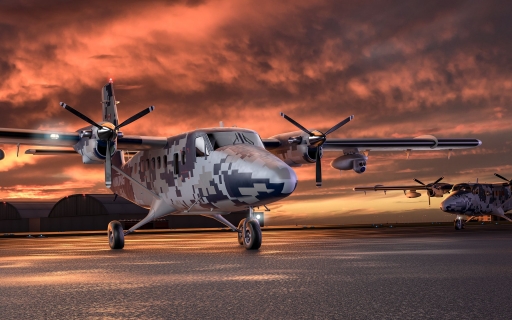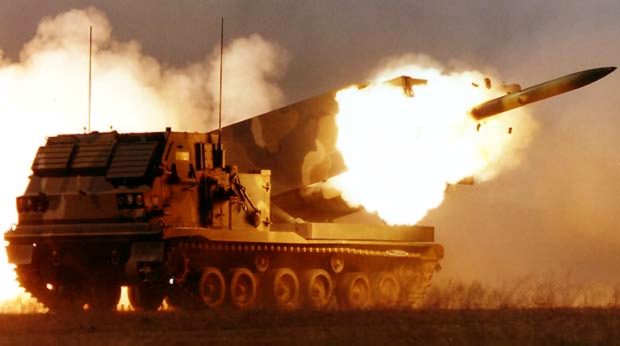Ottawa, Ontario, May 29th, 2019: Today during the CANSEC Defence & Security show, Viking Air Limited of Victoria, British Columbia has announced its plans to hold a world demonstration tour for its Guardian 400 aircraft, the special missions variant of the Viking Series 400 Twin Otter. The world tour will include detailed briefings and demonstration flights in Europe, Africa, Middle East, India, South East Asia, Oceania, and North America.
For the past six months, a production Series 400 Twin Otter has been undergoing modifications to transform into Viking’s Guardian 400 demonstrator aircraft for the proposed world tour. It will feature a right-hand SCAR pod with Hensoldt Argos EO/IR imaging turret, multi-spectral HDTV camera, mega-pixel HD Thermal imager, laser range finder, multi-mode auto tracker, and Remote Image Bus (RIB) video feed for display on the cockpit MFD or crew workstation. The demonstrator will also feature a left-hand SCAR pod with Leonardo Osprey Radar System and Sentient Vidar Camera system.
In addition to its mission sensor package, the Guardian 400 prototype will be equipped with an Airborne Technologies’ tactical workstation with high-definition touchscreen monitors, data/voice/video recorder, Mission Management Unit (MMU), mission radio communications, intuitive hand controller for MCU & SLR camera targeting, CarteNav AIMS mission system software, Kestrel MTI targeting software, and IKHANA ergonomic mission seat for optimized crew comfort. The prototype will also be equipped with Viking conformal bubble windows, left and right wing-mounted hard points by IKHANA, Thunder Bay Aviation stretcher racks, and an aft lavatory for crew comfort.
With a target launch date of September 2019, the Guardian 400 world tour has briefing and demonstration flights proposed throughout Europe, North Africa, Central Africa, Southeastern Africa, the Middle East, Southern Asia, Asia Pacific, North America and will culminate in Ottawa, Canada to coincide with the 2020 CANSEC Defence & Security show.
“As we’ve anticipated development of a Guardian 400 technical demonstrator for many years, to now be able to show off its unique performance capabilities and incredible versatility to interested military and government organizations in their home countries is exciting to say the least,” said Robert Mauracher, Viking executive vice president, Sales & Marketing. “While the tour details are still under development, we encourage interested parties to contact us if they wish to participate in a flight demonstration.”
About the Guardian 400 Twin Otter:
Viking developed the Guardian 400 in response to foreign military and government agency demand for a medium-range maritime patrol, SAR and critical infrastructure platform based on the new Twin Otter Series 400 aircraft. Designed as an economical force multiplier for 21st century surveillance and security requirements, the Guardian 400’s low acquisition and operating costs combined with its modern, flexible architecture allows it to be customized to suit operators’ financial and mission requirements.
The Guardian 400’s robust design, minimal maintenance requirements, and exceptional short-field performance capabilities make it ideally suited for specialized government operations in extreme environments. Certified under the restricted category, the Guardian 400’s increased take-off weight and extended range internal Patrol Tank allow for operational sorties over 10 hours in duration.
Trusted by the governments of Peru, Panama, the United States, United Arab Emirates, and Vietnam, over thirty Twin Otter Guardian 400 aircraft have now entered service in various roles, including maritime surveillance, search & rescue, parachute operations, pipeline monitoring, drug enforcement, medevac, and critical infrastructure support.






